You are here
Sultan Kala ancient settlement.

Cognitive travel across Turkmenistan.
“Then the legends begin. Some say Merv was founded in the VII century B.C. by the Persian prophet Zarathustra, others that this is where Scheherezade spun the stories of the Thousand and One Nights. In fact the oldest relics found at the main site near Bairam Ali date from the VI century B.C. and Merv proper, originally called Margiana, is thought to have been founded 300 years later by the Seleucid king Antiochus I (280 - 261 B.C.)”
Tours over medieval sites of ancient settlement of ancient Merv.
Mary (Merv) One of Central Asia’s greatest cities, Merv is an archaeologist’s dream. The area contains the remains of no less than five walled cities from different periods. Merv’s origin are shrouded in conjecture and romance – one legend suggests it was founded by Zoroaster – but this oasis settlement was definitely a Silk Road staging post and reached its greatest heights in the XI and XII centuries when the Seljiqs made it their capital.
Historical towns of Alexandria (VI-IV c. B.C.) and Antiokhia (II – I c. B.C.), Sultan Sanjar Mausoleum (XII c.), the Sheits Mausoleum (XIII – XIV c,), keshkies (XII c.), sardobas (XIV c.). The ruins of Merv are comprised of five walled cities dating from the VIth century BC to the XVIIIth century, known as Erk Kala, Gyaur Kala, Sultan Kala, Abdullah Khan Kala and Bairam Ali Khan Kala, grouped into three settlements corresponding to three periods, the ancient, medieval and post-medieval Merv.
What would later become a major medieval city, and whose ruins are now known as the Sultan Kala, initially arose as a suburb beside the Majan canal outside the fortified ancient city (the ruins now known as Gyaur Kala) sometime before the eighth century.
Abbasid Abu Muslim established dynastic power in Merv in February 748 after defeating the Umayyad caliphate and, possibly to mark the change of power, relocated the government and major bazaars from the ancient city to a location beside the canal, near the suburb.
Merv prospered at this site under the Abbasids and Tahirids, but went through a period of decline when political power moved to Nishapur and Bukhara. When the Seljuks arrived in the eleventh century they revived the city, naming it Marw-al-Shahijan, and ushered a period of the city's greatest prestige as an eastern Seljuk capital.
Fortification walls were built to enclose the settlement at the end of the eleventh century, possibly by Sultan Malikshah (1072 - 1092). Sultan Sanjar (1118 - 1157) is credited with construction of a fortified citadel, the Shahriyar Ark, in the northeast corner, and the two walled suburbs that extend the city to the north and south.
Sanjar's Mausoleum, located in the center of the Sultan Kala, is the only element of a complex with mosque and palace that has survived. Remains of another palace and a pigeon house still stand within the Shahriyar Ark.
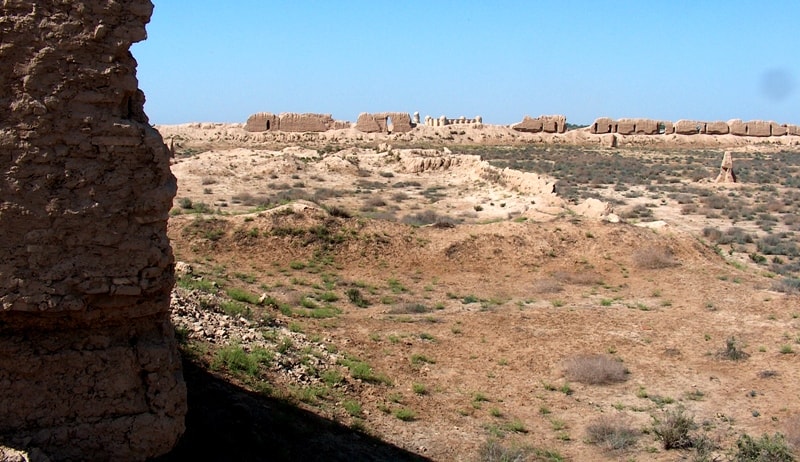
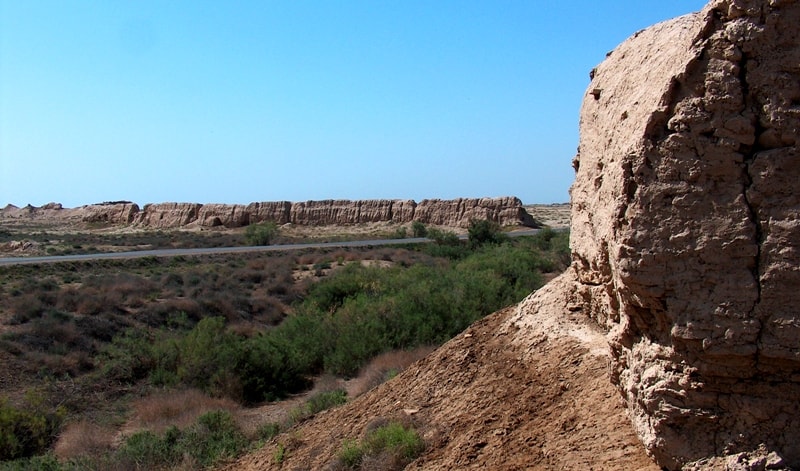
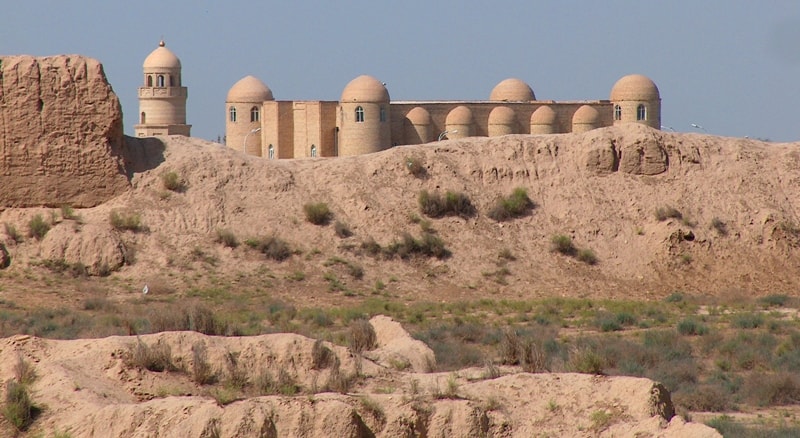

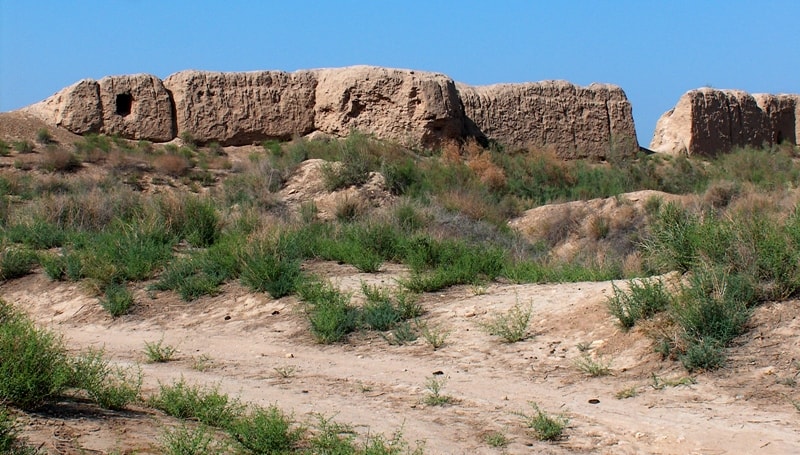
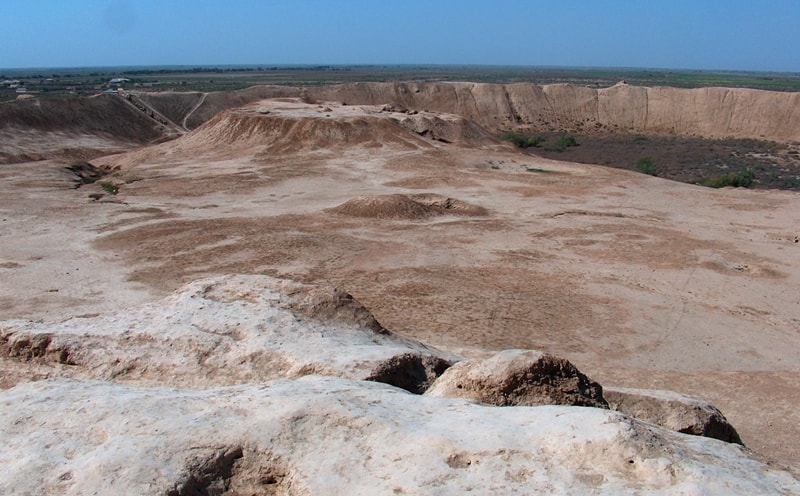
Authority:
Bernshtam A.N. «History-archeologic sketches Central Tien-Shan and Pamir-Alay». «Religious and spiritual monuments of the Central Asia». The author of M. Khashimov. Publishing house "Saga", 2001 Tolstov S.P. «Ancient Khoresm», 1848. Tolstov S.P. «On traces Ancient Khorezm civilizations», М.-L., 1948.
Photos
Alexander Petrov.







